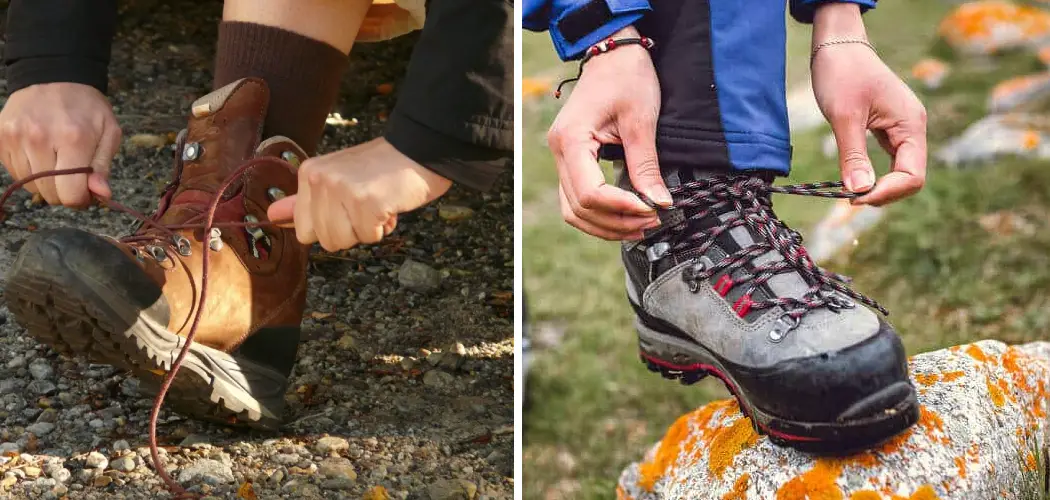Are you getting ready for an exciting outdoor adventure? Hiking is a great way to enjoy nature and get some much-needed exercise, but ensuring your feet are adequately supported is essential.
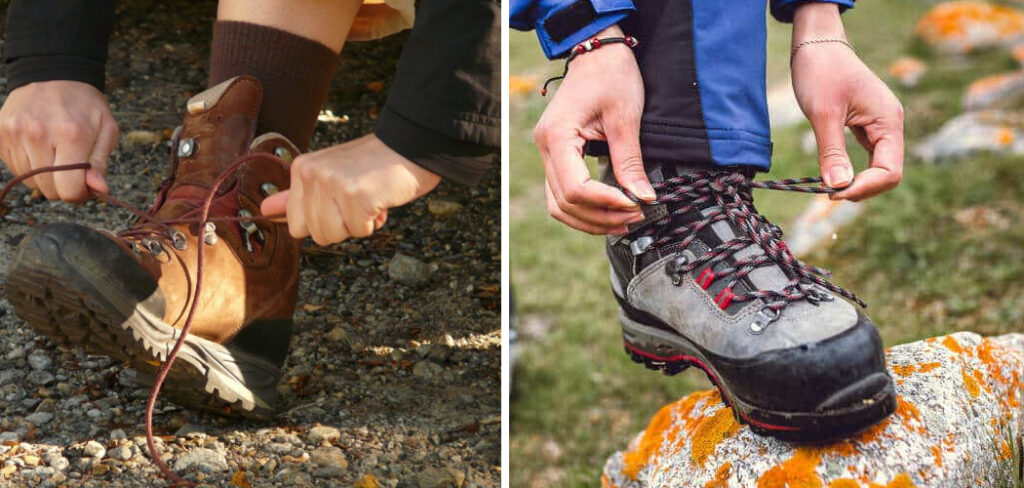
Hiking is a fantastic way to get outdoors and explore nature, but if you don’t know how to tie hiking boots to prevent blisters, you instead have a successful day in the woods. The wrong fit or improper lacing technique could make even the most experienced hikers uncomfortable as they trek along. Nobody wants that!
However, with just a few simple steps and a bit of patience, you can learn how to perfectly lace up your boots so that comfort will follow no matter how far and wide your hike takes you. So read on and learn more about the art of boot-tying for hikers!
Necessary Items
Before diving into the lacing techniques, ensure you have everything to tie your hiking boots properly. Here are a few necessary items:
- Hiking Boots: You’ll need a good pair of hiking boots for this activity. Make sure they fit well and provide ample support for your feet.
- Socks: Always wear socks when hiking to prevent blisters. Look for moisture-wicking materials and avoid cotton, as it holds onto sweat and can cause friction.
- Laces: Make sure your laces are in good condition before heading out on a hike. Replace them if they are worn or damaged.
- Time: Properly tying your boots takes some time, so make sure you have enough before setting out on your hike.
10 Techniques on How to Tie Hiking Boots to Prevent Blisters
Step 1: Lacing Technique
The first step in preventing blisters is to use a lacing technique that creates snug support and prevents your feet from sliding forward in the boot. This will minimize friction and prevent blisters from forming. The most common technique is the “heel lock” or “lace lock” method. Here’s how to do it:
After threading your laces through the bottom set of eyelets, cross them over and thread them through the top.
Step 2: Heel Lock Method
Next, instead of crossing the laces diagonally like you usually would, thread each lace straight up on its respective side. This should create a loop above each side’s top set of eyelets.
Step 3: Criss-Cross Lacing
Now, crisscross the laces by threading them through the opposite loop. This will create a “lock” around your ankle and prevent your foot from sliding forward.
Step 4: Tighten Laces
Finally, pull the laces tight to secure the lock. You should feel snug support around your ankles, and your feet should not be able to slide forward in the boot.
Step 5: Double Knot Laces
Double-knot them at the top to prevent your laces from coming undone while hiking.
Step 6: Replace Boots
If you are experiencing discomfort or blisters while hiking, try replacing your boots. This can help redistribute pressure and provide relief.
Step 7: Allow Room for Toes to Move
Ensure you are not lacing your boots too tight, which can cause pressure on your toes and lead to blisters. Leave a little room for your toes to move in the front of the boot.
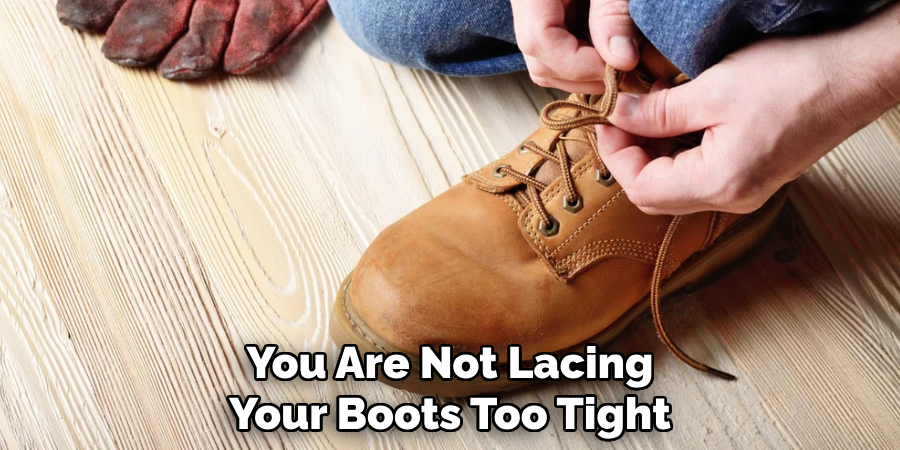
Step 8: Adjust Laces While Hiking
Throughout your hike, check your laces and adjust them if needed. Your feet may swell, or your boots may loosen, so it’s essential to readjust as necessary for maximum comfort.
Step 9: Wear Proper Socks
As mentioned earlier, wearing the right socks prevents blisters while hiking. Look for moisture-wicking materials and avoid cotton, as it holds onto sweat and can cause friction.
Step 10: Break in Your Boots
Before embarking on a long hike, ensure your boots are properly broken in. This will help prevent blisters and discomfort. Walk around in your boots for a few days before your hike to ensure they fit comfortably.
Now you know how to tie your hiking boots like a pro! Always use the “heel lock” or “lace lock” method and adjust as needed while hiking. Happy trails! So, now that you know how to prevent blisters while walking, it’s time to hit the trails and enjoy all the beauty nature has to offer. Remember to pack some snacks and water for your adventure.
8 Care Tips for Your Hiking Boots
Properly caring for your hiking boots will prolong their lifespan and ensure they continue to provide the support and comfort you need while exploring the great outdoors. Here are eight care tips for your hiking boots:
1. Clean Them After Every Hike
Use a soft brush and warm water to remove dirt and debris from your boots. This will prevent the buildup of dirt and grime, which can damage the materials over time.
2. Dry Them Thoroughly
After cleaning your boots, dry them thoroughly before storing them away. Stuff them with newspaper or use a boot dryer to speed up the process and prevent any mold or mildew from forming.
3. Condition Leather Boots
If you have leather hiking boots, condition them regularly to maintain their waterproof capabilities and prevent any cracks or damage.
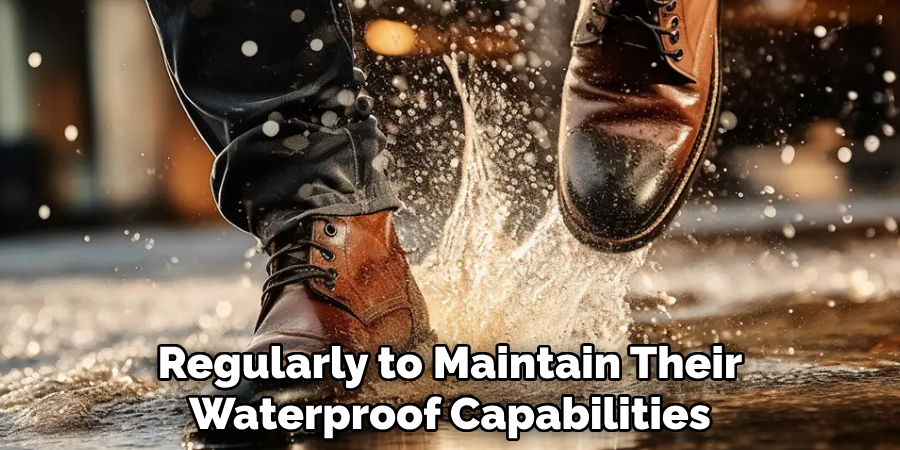
4. Reapply Waterproofing
Over time, the waterproof coating on your boots will wear off. Make sure to reapply it periodically to keep your feet dry on wet hikes.
5. Store Them in a Dry Place
Avoid storing your boots in damp or humid areas, which can cause mold and mildew. Instead, keep them in a cool, dry place.
6. Replace Worn Laces
If your boot laces become worn or damaged, replace them immediately to prevent any issues with tying your boots properly.
7. Use Boot Trees
Investing in boot trees can help maintain the shape of your boots when not in use. They also help with drying and deodorizing.
8. Get Them Resolved
When the soles of your boots are worn, have them resolved to extend their lifespan and maintain traction on slippery surfaces.
With these care tips, you can keep your hiking boots in top condition and ready for any adventure. Remember, proper care also means regularly checking for any wear and tear that may require repairs or replacement. So, whether you’re a seasoned hiker or just starting, having the right gear and taking proper care of it is vital to enjoying your time on the trails.
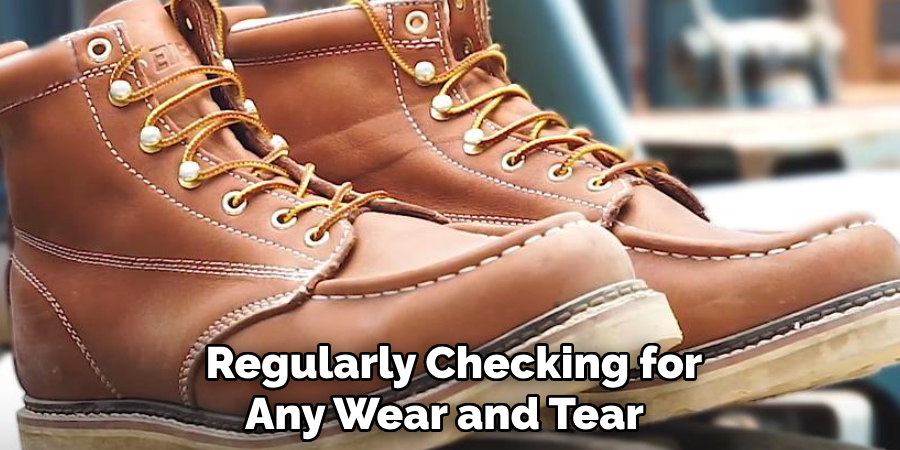
FAQs About Tying Hiking Boots
Can I Use the Same Lacing Technique for All Types of Hiking Boots?
While the “heel lock” or “lace lock” method is a common and effective, you may need to adjust it slightly depending on your boot type. Experimenting and finding what works best for your boots is essential.
How Tight Should I Lace My Boots?
Your boots should be snug but not uncomfortably tight. Leave a little room for your feet to move and adjust the laces while hiking.
How Often Should I Replace My Boots?
If you are experiencing discomfort or blisters, replacing your boots is an excellent idea. You may also need to adjust the lacing technique, as your feet can change over time. It’s essential to check and readjust as needed for maximum comfort regularly.
Can I Wear Regular Socks While Hiking?
Investing in quality hiking socks is highly recommended while you can wear regular socks while hiking. They provide better moisture-wicking capabilities and cushioning for your feet, helping to prevent blisters.
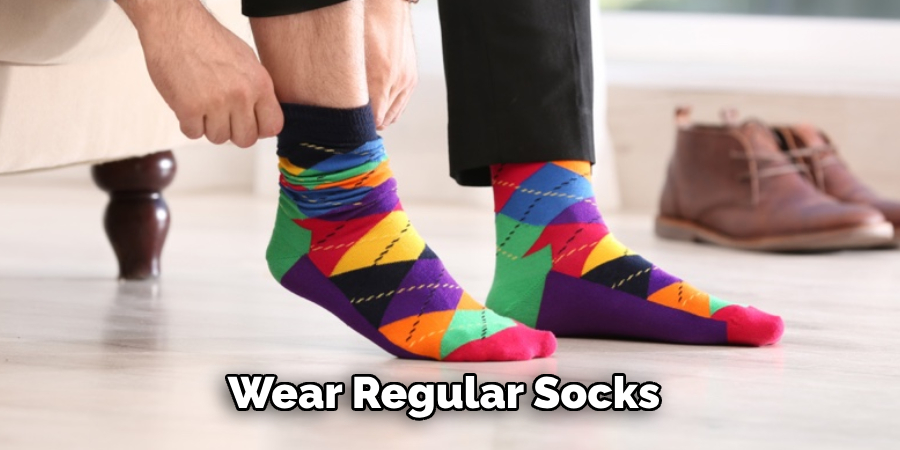
Do I Need to Break Into New Boots Before Hiking?
Yes, it’s essential to properly break in new boots before embarking on a long hike. This will help prevent blisters and discomfort on the trails.
Can I Tie My Boots Too Tight?
Yes, lacing your boots too tight can cause pressure on your toes and lead to blisters. Leave a little room for your toes to move in the front of the boot.
What Should I Do If My Boots Become Damaged While Hiking?
If your boots become damaged while hiking, it’s essential to assess the damage and determine if they can still provide proper support and protection for your feet. If not, replacing them immediately is best to avoid further injury or discomfort. Remember, always be prepared for any situation by packing a first aid kit and extra supplies when heading
Conclusion
Hiking is a great way to stay active and connect with nature. But taking care of your feet is essential, as they carry you on your adventures. You can always ensure a comfortable and enjoyable hike by learning how to tie hiking boots to prevent blisters and following these tips for prevention and care.
Remember, finding the proper lacing technique for your boots may take some trial and error, so don’t be afraid to experiment and adjust as needed. So, now that you have all the knowledge you need for tying and caring for your hiking boots, it’s time to hit the trails and explore all that nature has to offer. Remember to remember these tips and always prioritize comfort and safety while hiking.

